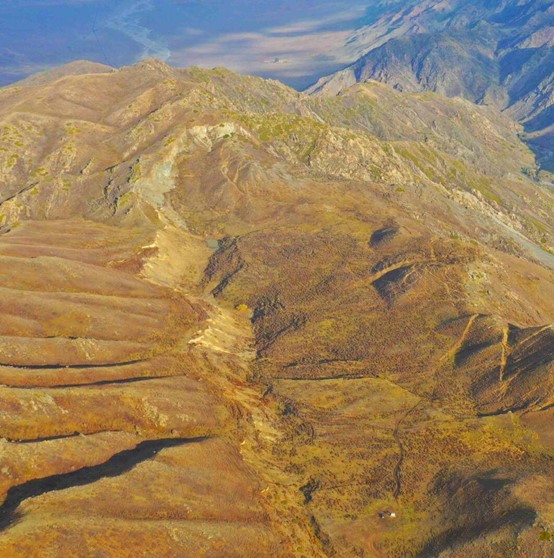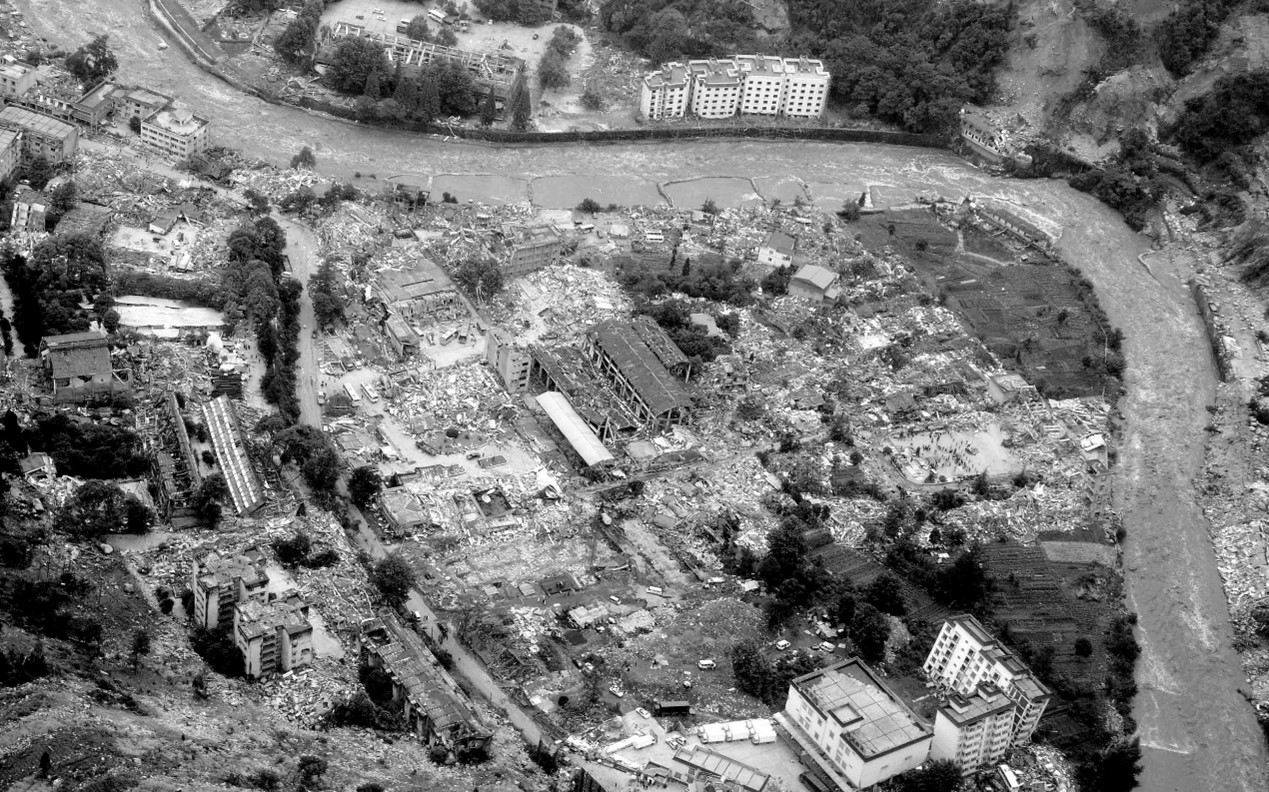Earthquakes have the
potential to damage natural environment and artificial facilities. Generally,
earthquakes that cause disasters have the two aspects of damage at the same
time.
The damage caused by
earthquakes to natural environment includes collapse, landslide or dislocation
of mountains, ground surface crack, subsidence, uplift or sand and water
blasting, offset streams, and dammed ponds or lakes. The earthquake remains of
the 8.0-magnitude Fuyun earthquake, serving as a testament to the enduring
damage of the earthquake to the natural environment, are still well preserved
now. Earthquakes that strike under the sea may trigger a devastating tsunami.
For example, the 9.3-magnitude Indian Ocean earthquake that occurred in 2004
generated a tsunami of more than 10 meters high.
The damage caused by
earthquakes to artificial facilities is mainly manifested in the destruction of
buildings (structures), such as houses and facilities, and the damage to
lifeline works, mainly including water, electricity, transportation, and
communication facilities. Additionally, the earthquake damage also deteriorates
industrial and agricultural production conditions, such as interrupting water
sources and energy resources and damaging farmland and water conservancy
facilities. For example, a large number of artificial facility ruins demolished
by the 8.0-magnitude Wenchuan earthquake in 2008 are still preserved in
Beichuan and Hanwang at present.
Fuyun Earthquake
Damaged Artificial
Facilities during the Wenchuan Earthquake

